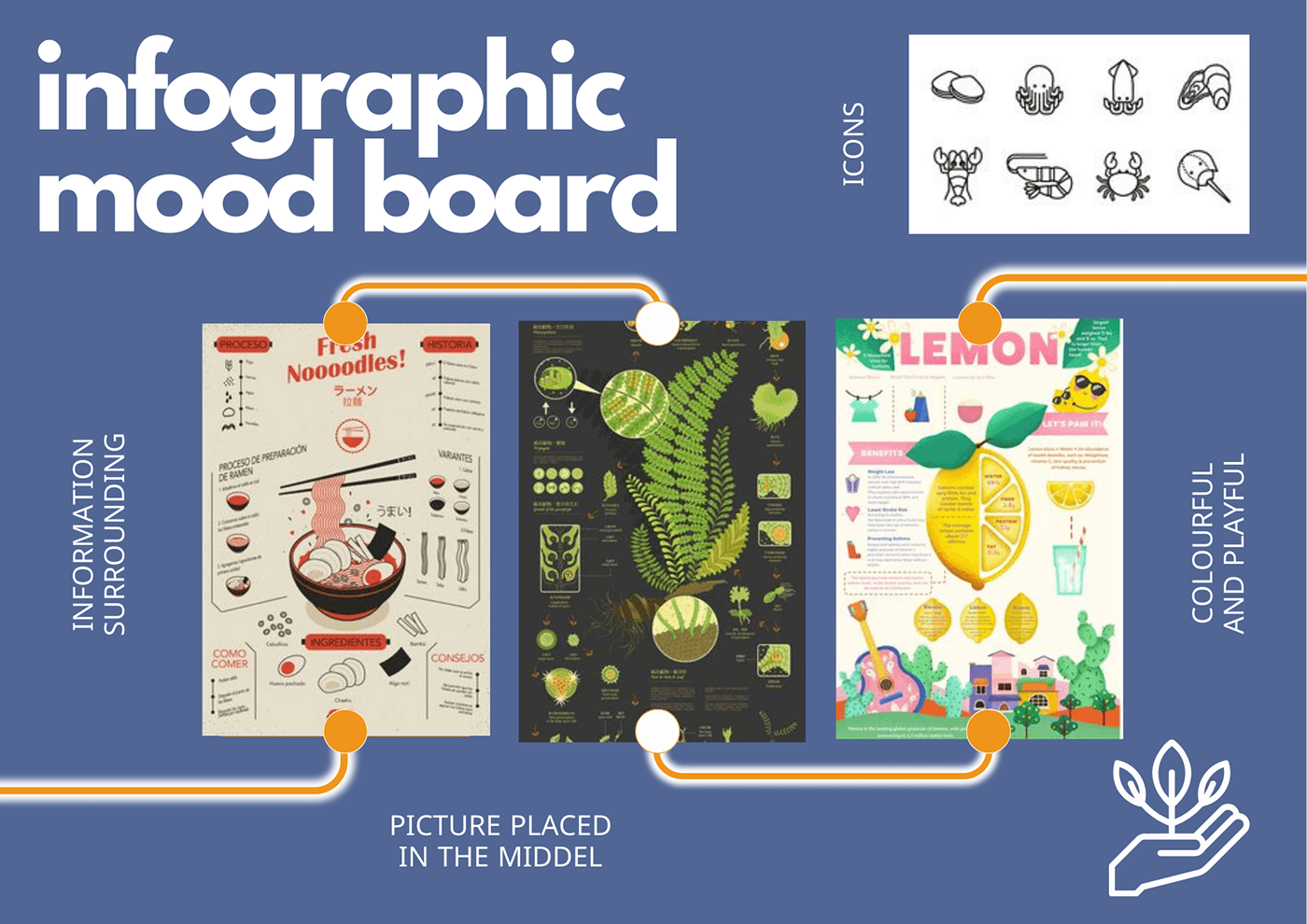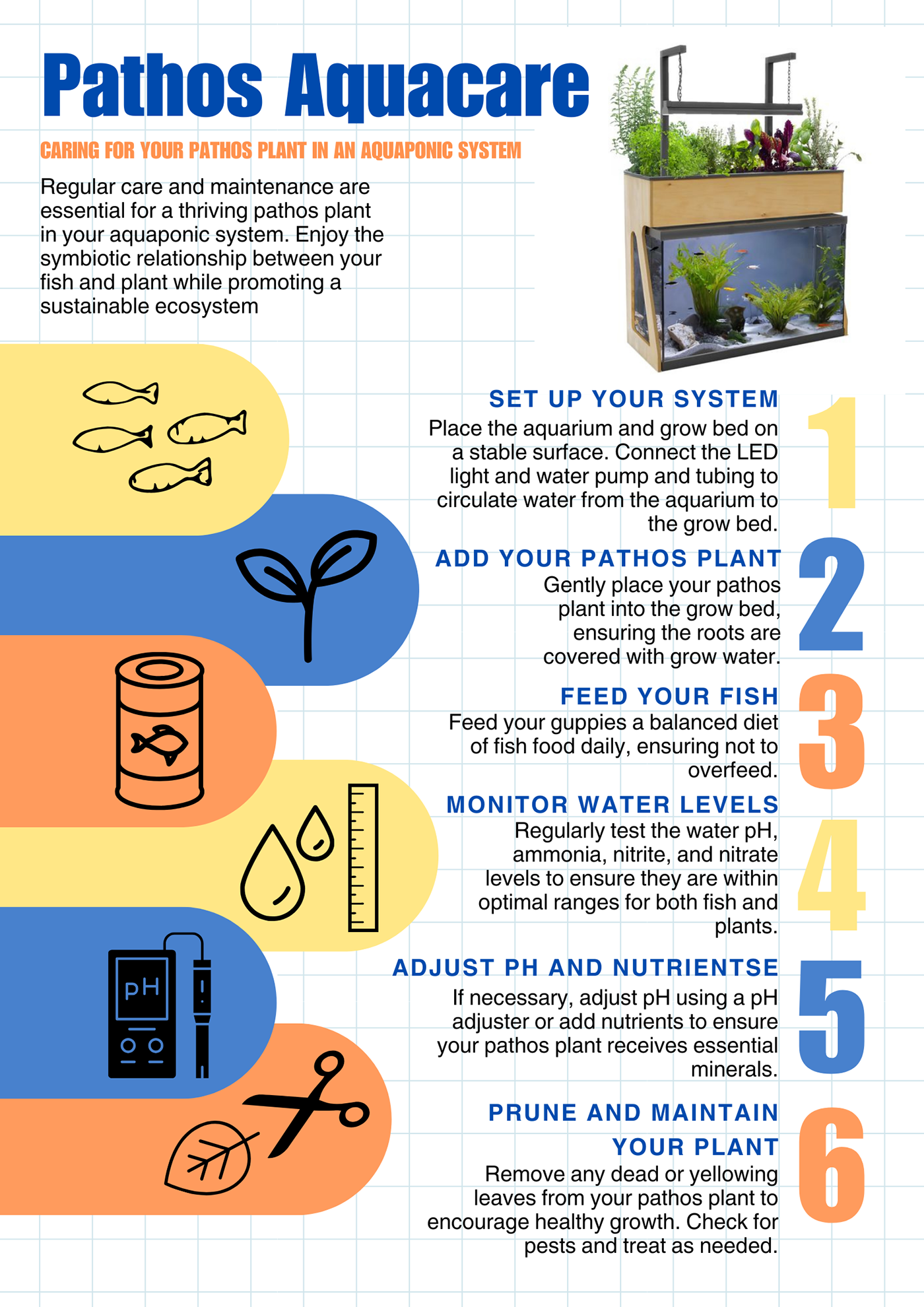
BRIEF
Design an engaging Interactive Tabletop Aquaponic Learning System focused on cultivating a specific plant, such as basil or cherry tomatoes, suitable for tabletop use in educational settings or modern offices. This compact aquaponic system, with a transparent container, integrates a small fish tank and a grow bed, fostering a symbiotic relationship between fish waste and plant nutrient absorption. The design incorporates an information display detailing the plant's lifecycle, nutritional needs, and the aquaponic system's functioning, using visual aids like diagrams for enhanced understanding. User-friendly features, including easy maintenance access and monitoring tools like a pH meter, ensure accessibility for all age groups. The product aims to provide a visually appealing, informative, and hands-on experience, fostering curiosity and learning. Prototyping and testing will be followed by comprehensive documentation, and user feedback will guide iterative improvements for an effective educational tool that communicates valuable information about aquaponics and plant cultivation.
RESEARCH PROCESS

The inspiration for my mood board for the infographic stems from organic shapes, along with the vibrant combination of mustard and navy colours, complemented by bold text. The goal is to create an eye-catching design specifically tailored for young school children. The concept behind the infographic is to impart knowledge about aquaponic systems to learners in an engaging and visually appealing manner.


infographics


THOUGHT PROCESS
I devised multiple layout concepts for my process infographic to aid in brainstorming, exploring alternatives, and planning for the future. Concerning my mood board and research board, I adhered to the blue and yellow colour scheme, considering its suitability for school children.



process infographic

IDEATION





CONCEPT DIRECTIONS




DEVELOPMENT
After extensive brainstorming and sketching out concepts, I transitioned to crafting cardboard mock-up models to gain deeper insights into the construction process for my prototype.
final concept sketch

MANUFACTURE
mock-ups






pathos PLANT



After cutting a few pieces of my pathos plant, I placed them in fertilizer, hoping they would sprout new roots. Additionally, I depotted another plant, washed its roots, and placed it in fertilized water, exploring different propagation methods. After a few weeks, I observed beautiful new roots on both plants. With my fish tank completed, I added the plants to the grow bed, integrating them into the aquaponic system.
fish tank





I began by thoroughly cleaning the fish tank and the stones intended for the bottom. Next, I assembled the small water pump to ensure a continuous circular flow within the tank. Once satisfied with the cleanliness, I placed the stones into the tank and filled it halfway with water. After securing the water pump to the tank's side, I completed filling the tank with water. To eliminate chlorine and chloramine from the water, I added Prime, using just one drop for the 2-liter tank. Following this, I stabilized the water by adding a drop of Stability. The tank now needs to remain in this state, with the filter running, for 7 days before introducing any fish.
wooden frame






Beginning with the wooden frame construction, I meticulously measured the tank's dimensions and the corresponding planks. Guided by these measurements, I cut the side pieces to fit snugly into their designated slots. Ensuring a seamless finish, I carefully sanded the surfaces smooth, paying special attention to rounding off the edges for a polished look. The top piece underwent the same process, resulting in a cohesive and refined frame ready to support the aquaponic system.





In one of the side pieces, I meticulously marked out the areas needing chiselling to fit the filter and LED wires. With precision, I carefully chiselled out these sections. Subsequently, I sanded the pieces to smooth any rough edges. Finally, I applied varnish to all components, guaranteeing a protective and refined finish.






Beginning with the MDF grow bed, I measured the required size and marked it out accordingly. With precision, I cut out the measured piece using a knife. Next, I marked two circles for the baskets and carefully used a routing tool to create them, ensuring a precise outcome. Before priming the board, I meticulously sanded it to achieve a smooth surface. After priming the board and allowing it to dry, I applied varnish, completing the process with a protective and polished finish.






On the opposite side from where the wires go, I cut a slit using a hand saw to perfectly fit the grow bed. Then, on the side where the wires go, I chiseled out a small piece at the bottom for the wires to pass through. Unfortunately, it chipped more than intended, so I used wood filler to fix it. After the wood filler dried, I sanded it down nicely and applied varnish for a seamless finish.





Afterward, I drilled holes on the top of the two sides and underneath the top piece, where I inserted a dowel to secure it. Due to an incorrect measurement, I had to use wood filler to fill one of the holes. Once the filler dried, I redrilled it to achieve a perfect fit, ensuring the stability of the assembly. Finally, I commenced assembling all the parts together, carefully aligning each component to ensure a cohesive and sturdy construction.
final product





Adding the wooden frame to the fish tank, I could finally unveil my finished product by introducing the pathos plant, completing the setup and revealing the culmination of my efforts.
Reflection on Aquaponic Growing Project
Embarking on the aquaponic growing project has been a hands-on learning experience filled with challenges and discoveries. From designing and constructing the system to propagating pathos plants, every step offered valuable insights into sustainable food production.
Building the wooden frame and assembling the components required careful planning and execution, honing my skills in woodworking and project management. Experimenting with different propagation methods for the pathos plants yielded successful results, highlighting the efficiency of aquaponics as a farming method.
Witnessing the symbiotic relationship between the fish and plants underscored the interconnectedness of natural ecosystems and the potential for self-sustaining food production. Overall, this project has deepened my understanding of sustainable agriculture practices and inspired me to explore further innovations in the future.


